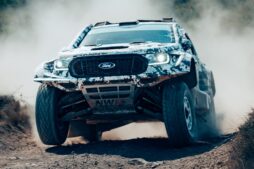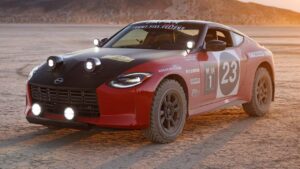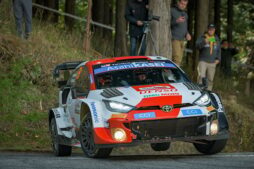Rallye Sanremo 1987: Vintage Footage Proves Group B’s Legacy Lives On
Group B is often hailed as the pinnacle of stage rally, a time when powerful cars with over 500 horsepower roared through the stages and spectators flocked to witness the action, reminiscent of a Formula 1 race weekend. It’s easy to see why many believe this era was the ultimate in the sport. However, the cancellation of Group B in 1986 did not mark the end of rally. Rather, it gave rise to a new generation of legendary vehicles.
After the banning of Group B, Group A emerged as the leading race class for stage rally in the World Rally Championship in 1987. With restrictions on elements such as horsepower, weight, and expenses, Group A rally cars were much more similar to their everyday street counterparts compared to the previously used Group B vehicles, which were essentially pure racing machines disguised as road cars.
Taking only 30 minutes to watch, this compilation of the 1987 Rallye Sanremo offers a comprehensive glimpse into the evolution of rally following the end of Group B rally in the previous year. The vehicles may have been sleeker, less speedy, and less ostentatious, but the fans were still just as plentiful. Despite the changes, rally maintained its unwavering popularity.
One of the most notable groups in creating homologation vehicles is Group A, with its iconic line-up including Ford Cosworths, Toyota Celica GT-Fours, and legendary cars like the Subaru Impreza WRX and Mitsubishi Lancer Evolution. Unlike the short-lived Group B, which only lasted for four years, Group A regulations have been utilized by the WRC until 2018. In terms of impact on stage rally history, Group B’s successor holds a much greater significance as it had a longer-lasting influence on the ruleset.






